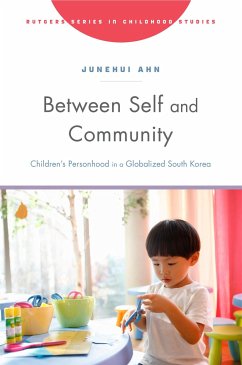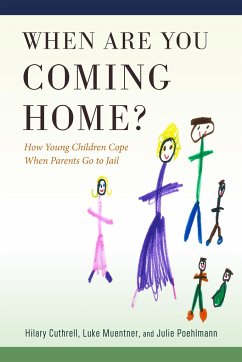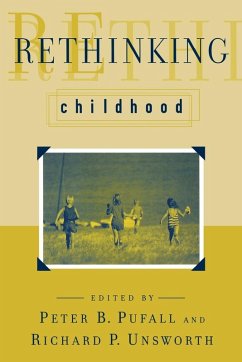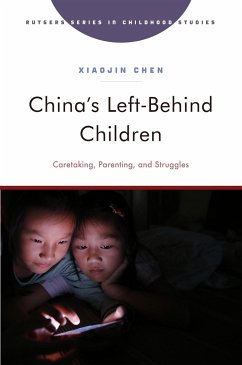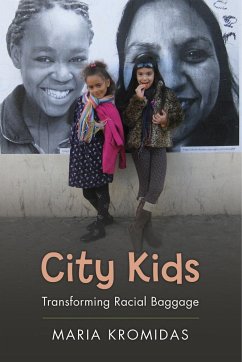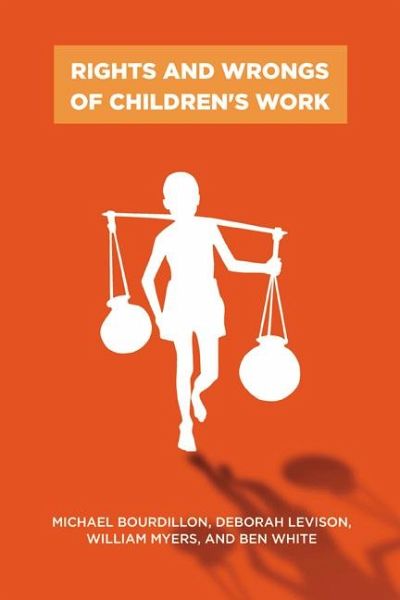
Rights and Wrongs of Children's Work
Versandkostenfrei!
Versandfertig in über 4 Wochen
42,99 €
inkl. MwSt.

PAYBACK Punkte
21 °P sammeln!
Rights and Wrongs of Children's Work, a groundbreaking book authored by an interdisciplinary team of experts, incorporates recent theoretical advances and experiences to explore the place of labor in children's lives and development. It condemns the exploitation and abuse of child workers and supports the right of all children to the best quality, free education that society can afford. At the same time, the authors recognize the value, and sometimes the necessity, of work in growing up, and the reality that a "workless" childhood, without responsibilities, is not good preparation for adult l...
Rights and Wrongs of Children's Work, a groundbreaking book authored by an interdisciplinary team of experts, incorporates recent theoretical advances and experiences to explore the place of labor in children's lives and development. It condemns the exploitation and abuse of child workers and supports the right of all children to the best quality, free education that society can afford. At the same time, the authors recognize the value, and sometimes the necessity, of work in growing up, and the reality that a "workless" childhood, without responsibilities, is not good preparation for adult life in any environment.






